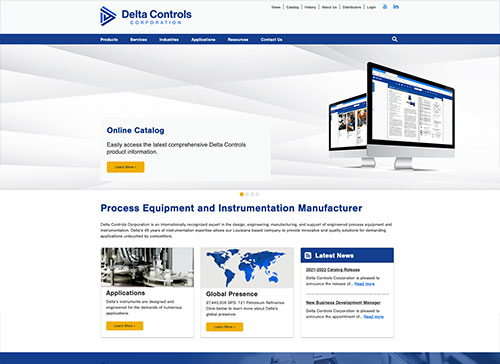dennisr
Chemical
- Mar 10, 2004
- 8
Anybody have a guideline for installation of s thermowell in a refractory lined equipment operating at high temperature say 1000 C?
Follow along with the video below to see how to install our site as a web app on your home screen.
Note: This feature may not be available in some browsers.

